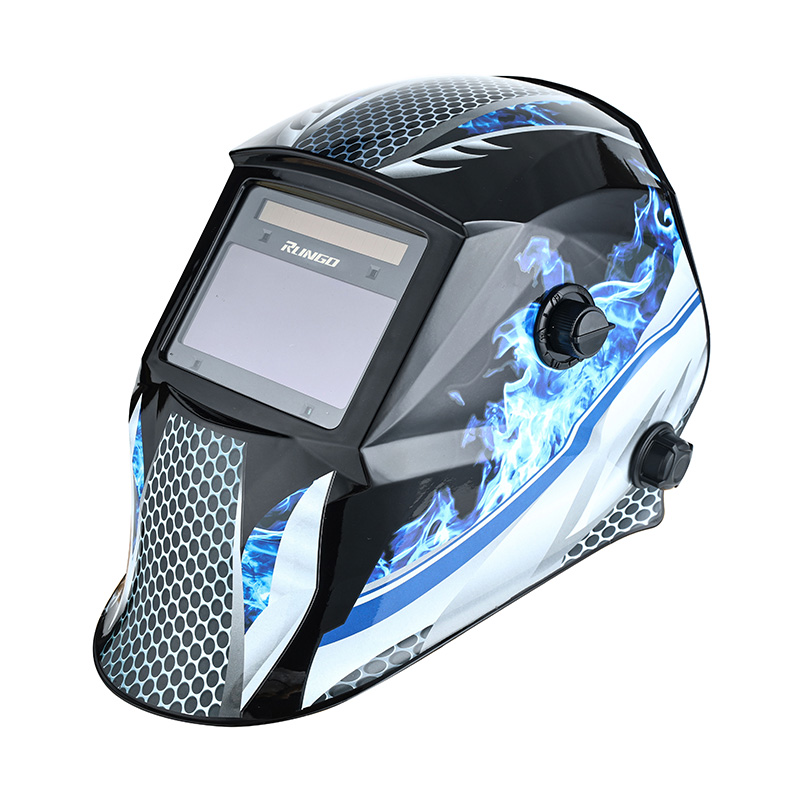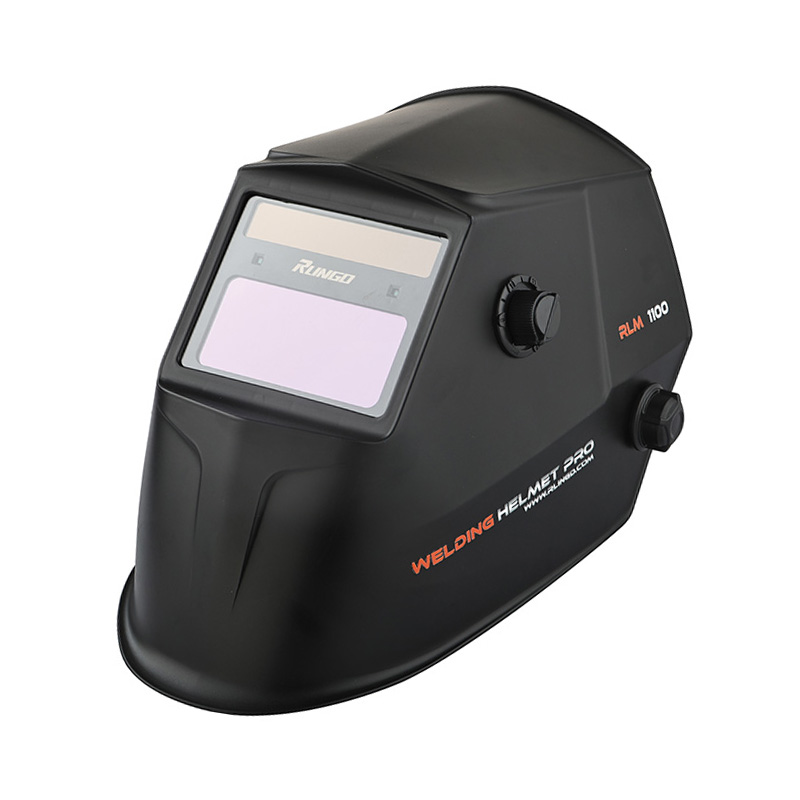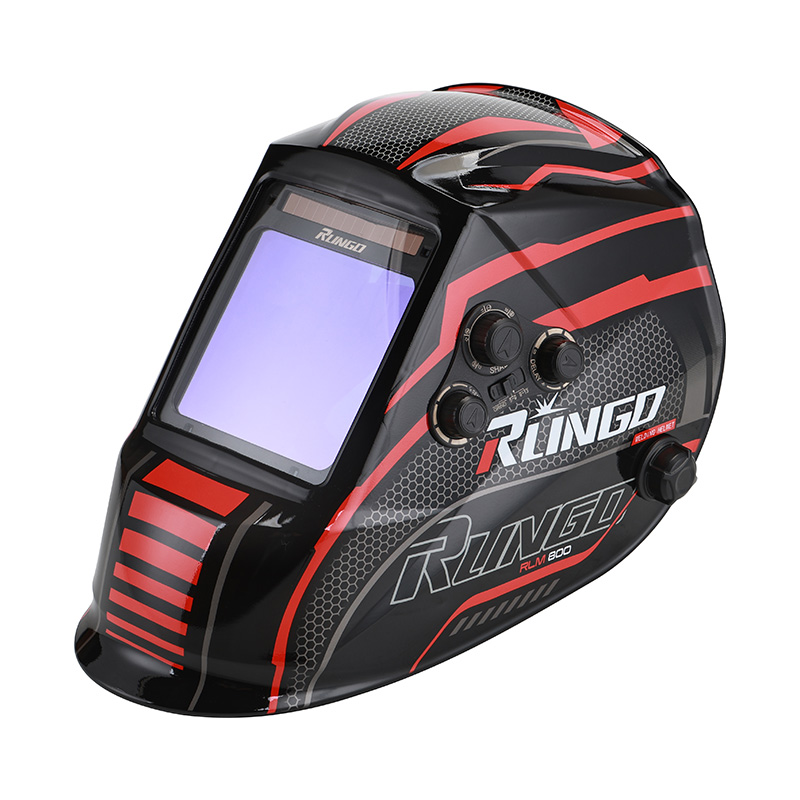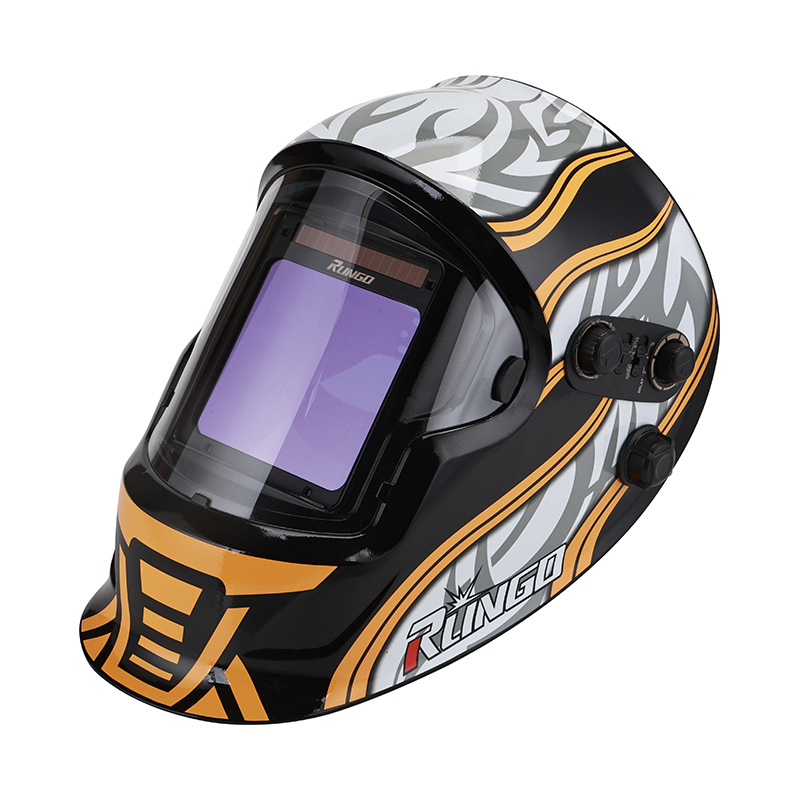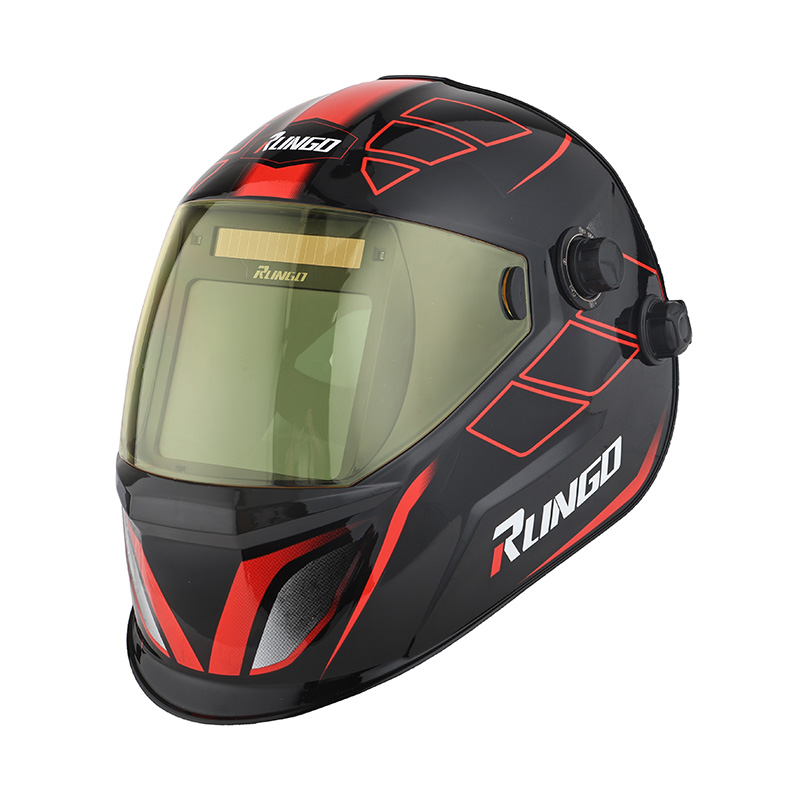Analyzing the Comfort and Head Support Design of an Auto Lens Welding Helmet
2025-07-25
The Importance of Comfort in Daily Welding Tasks
Welders often wear their helmets for long periods during a typical workday, making comfort a critical factor in choosing the right protective gear. While the lens technology is essential for safety and visibility, the physical design of the helmet—including weight distribution, padding, and fit—plays a major role in determining whether it is comfortable for extended use. An Auto Lens Welding Helmet must not only protect the eyes and face but also reduce strain on the neck and head throughout hours of work in demanding environments.
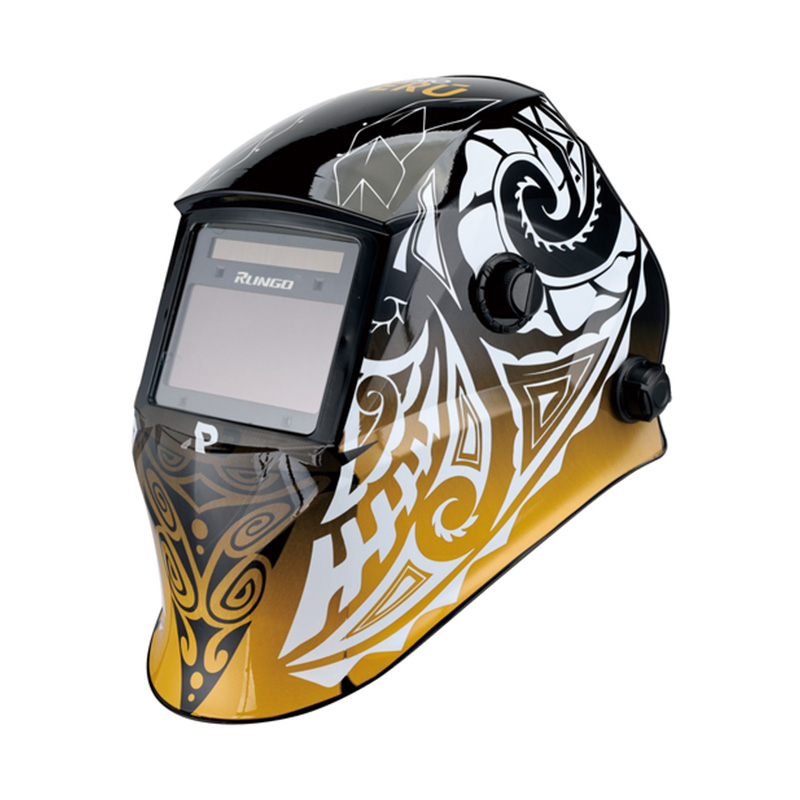
Ergonomic Headgear and Weight Balance
The head support structure of a quality helmet is designed with ergonomic principles to evenly distribute weight across the head. This helps reduce pressure points and reduces fatigue, particularly in the neck and shoulders. Many helmets are made from lightweight yet durable materials such as high-impact polyamide or nylon composites, which lowers the overall burden on the user. Adjustable headbands, often with multiple contact points, help center the helmet properly to prevent slippage or uneven load, creating a more stable wearing experience even during movement or overhead welding.
Customizable Fit for Different Head Sizes
A well-designed Auto Lens Welding Helmet typically includes multiple adjustment features to accommodate various head shapes and sizes. These may include ratcheting knobs at the rear of the headband for quick tension changes, sliding forehead pads for better placement, and pivot points that allow the helmet to tilt smoothly when raised or lowered. Such customizations enhance the helmet’s ability to stay snug and secure, reducing the need for constant readjustment. Welders with smaller or larger heads especially benefit from these flexible sizing options.
Padding and Breathability for Long-Term Use
Comfort during extended wear also depends on the interior padding and airflow design. Helmets equipped with soft, moisture-wicking padding help prevent skin irritation and discomfort caused by heat or sweat buildup. Some models incorporate breathable materials or ventilation channels in the headgear, allowing heat to dissipate more efficiently and keeping the welder cooler during long sessions. These comfort-focused features are particularly important in hot workshop conditions or when wearing the helmet continuously for several hours.
Smooth Flip-Up Mechanisms and Tilt Resistance
A key aspect of user comfort is the ease with which the helmet can be lifted or lowered during breaks or inspection tasks. High-quality helmets feature smooth, low-resistance flip-up mechanisms that reduce the effort needed to move the lens section. This reduces strain on the user’s neck and makes the helmet more practical for tasks that require frequent transitions between welding and visual checks. Secure locking in both up and down positions ensures stability, helping to avoid accidental drops that could disrupt the user’s concentration or comfort.
User Feedback and Field Performance
Welders who use the helmet in real-world conditions often comment on the cumulative comfort over several hours. Positive feedback generally highlights the importance of headgear that doesn’t slip, cause pinching, or leave pressure marks. When head support is well-designed, users report fewer issues with neck fatigue, better focus on the weld itself, and greater overall satisfaction with the equipment. These benefits also contribute to improved work quality and safety, as discomfort can distract from the welding process and increase the risk of error or injury.
Conclusion: Comfort and Support Are Crucial for Welding Efficiency
In conclusion, the comfort of an Auto Lens Welding Helmet depends largely on the quality and adjustability of its head support structure. Features such as balanced weight distribution, ergonomic padding, breathable materials, and intuitive adjustments all contribute to a more comfortable experience for the welder. Whether working on short tasks or prolonged welding jobs, a helmet that fits well and feels good to wear directly supports safety, productivity, and long-term physical well-being. For professionals and hobbyists alike, investing in a helmet with a thoughtfully engineered head support system is a practical and necessary decision.



